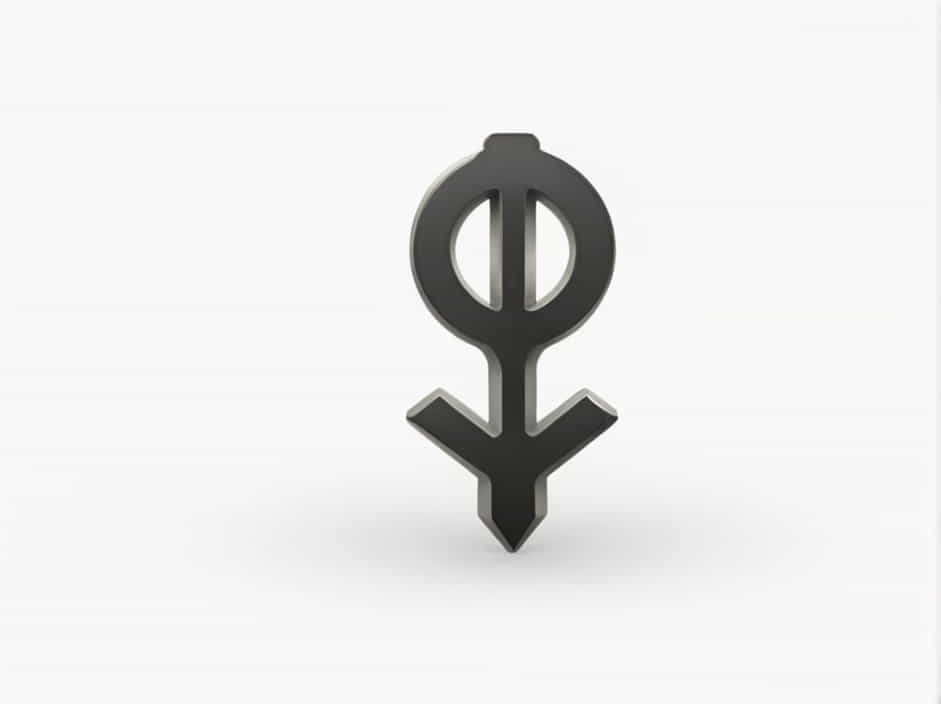The Gelbvieh is a well-known cattle breed valued for its high-quality meat, strong maternal instincts, and adaptability. But where exactly did this breed originate? Understanding its history and development can provide insights into why the Gelbvieh has become a popular choice among cattle farmers worldwide.
This topic explores the origin of the Gelbvieh breed, its characteristics, and its impact on modern cattle breeding.
Where Did the Gelbvieh Cattle Breed Originate?
The Birthplace of the Gelbvieh
The Gelbvieh breed originated in Bavaria, Germany. The name “Gelbvieh” translates to “yellow cattle” in German, reflecting the breed’s distinct reddish-gold coat. This breed was first developed in the late 18th and early 19th centuries as part of efforts to improve cattle genetics for meat, milk, and draft work.
Development in Bavaria
In the 1850s, Bavarian cattle breeders began selectively breeding native cattle with improved European stock to create a dual-purpose breed that could be used for both milk production and beef quality. By the early 20th century, the breed was officially recognized and became a crucial part of Bavaria’s agricultural economy.
Expansion Beyond Germany
By the mid-20th century, the Gelbvieh breed gained international recognition for its superior growth rate, efficiency, and adaptability. The first Gelbvieh cattle were imported to North America in the 1970s, where they quickly gained popularity among beef producers in the United States, Canada, and beyond.
Characteristics of the Gelbvieh Breed
1. Distinct Appearance
- Medium to large size
- Golden-red to reddish-brown coat (some modern varieties include black Gelbvieh)
- Strong, muscular build
- Short, fine hair with a smooth coat
2. Superior Growth and Efficiency
One of the reasons why the Gelbvieh breed is highly valued is its rapid growth rate and feed efficiency. These cattle convert feed into weight gain more efficiently than many other breeds, making them a cost-effective choice for beef production.
3. High Fertility and Maternal Instincts
Gelbvieh cows are known for:
- Early maturity (heifers reach breeding age faster)
- Excellent fertility rates
- Strong maternal instincts (good milk production and calf care)
4. Docile Temperament
Farmers appreciate the calm and manageable nature of Gelbvieh cattle. Their gentle disposition makes handling them easier, reducing stress for both the animals and their caretakers.
The Role of Gelbvieh in the Beef Industry
1. Crossbreeding for Improved Genetics
The Gelbvieh breed has been widely used for crossbreeding, especially in North America. Breeders combine Gelbvieh genetics with Angus, Hereford, and Simmental cattle to enhance traits such as:
- Meat quality
- Calving ease
- Longevity and hardiness
2. Contribution to Hybrid Breeds
One well-known hybrid breed is the Balancer, a cross between Gelbvieh and Angus cattle. This hybrid combines:
- The growth efficiency of Gelbvieh
- The marbling and meat quality of Angus
Balancer cattle are particularly popular in the United States beef industry for their superior performance and meat production.
Why Farmers Choose Gelbvieh Cattle
1. Adaptability to Various Climates
The Gelbvieh breed thrives in different environments, from the cold climates of Canada to the hot, arid conditions of the American Midwest. Their resilience and adaptability make them a reliable breed for cattle farmers worldwide.
2. High-Quality Beef Production
Gelbvieh cattle produce lean, tender beef with excellent marbling, making them a popular choice in the commercial beef industry. Their muscle composition and growth rate allow farmers to achieve higher meat yields with less feed.
3. Efficient Reproductive Performance
Due to their early maturity and strong fertility, Gelbvieh cows can produce more calves over their lifetime. This enhances the breed’s economic value for cattle producers.
Frequently Asked Questions (FAQs) About Gelbvieh Cattle
1. Are Gelbvieh cattle used for dairy production?
Historically, Gelbvieh cattle were used for both milk and meat production. However, in modern times, they are primarily bred for beef production, though their high milk output still makes them valuable in crossbreeding programs.
2. How do Gelbvieh cattle compare to Angus cattle?
Both breeds are excellent for beef production, but Gelbvieh cattle grow faster, have higher fertility rates, and produce more muscle. Angus, on the other hand, is known for superior marbling and beef tenderness. Crossbreeding Gelbvieh with Angus creates a balanced hybrid (Balancer cattle) that combines the strengths of both breeds.
3. What is the lifespan of a Gelbvieh cow?
On average, Gelbvieh cows can live 10-12 years. Due to their strong maternal instincts and good health, many cows remain productive for several years.
4. Can Gelbvieh cattle be raised in small farms?
Yes! Many small-scale farmers raise Gelbvieh cattle due to their docile temperament, adaptability, and efficient feed conversion. They are easy to manage, even in smaller herds.
The Gelbvieh breed originated in Bavaria, Germany, and has since become one of the most valuable beef cattle breeds worldwide. Known for their fast growth, efficiency, and excellent fertility, Gelbvieh cattle play a significant role in modern beef production.
Whether used in purebred breeding programs or crossbreeding with other cattle, the Gelbvieh’s contributions to the industry are undeniable. Their ability to thrive in various climates, coupled with their superior meat quality and reproductive performance, makes them a top choice for farmers looking to maximize productivity and profitability.
If you’re considering raising cattle, Gelbvieh might be the perfect breed to add to your farm or ranch!
